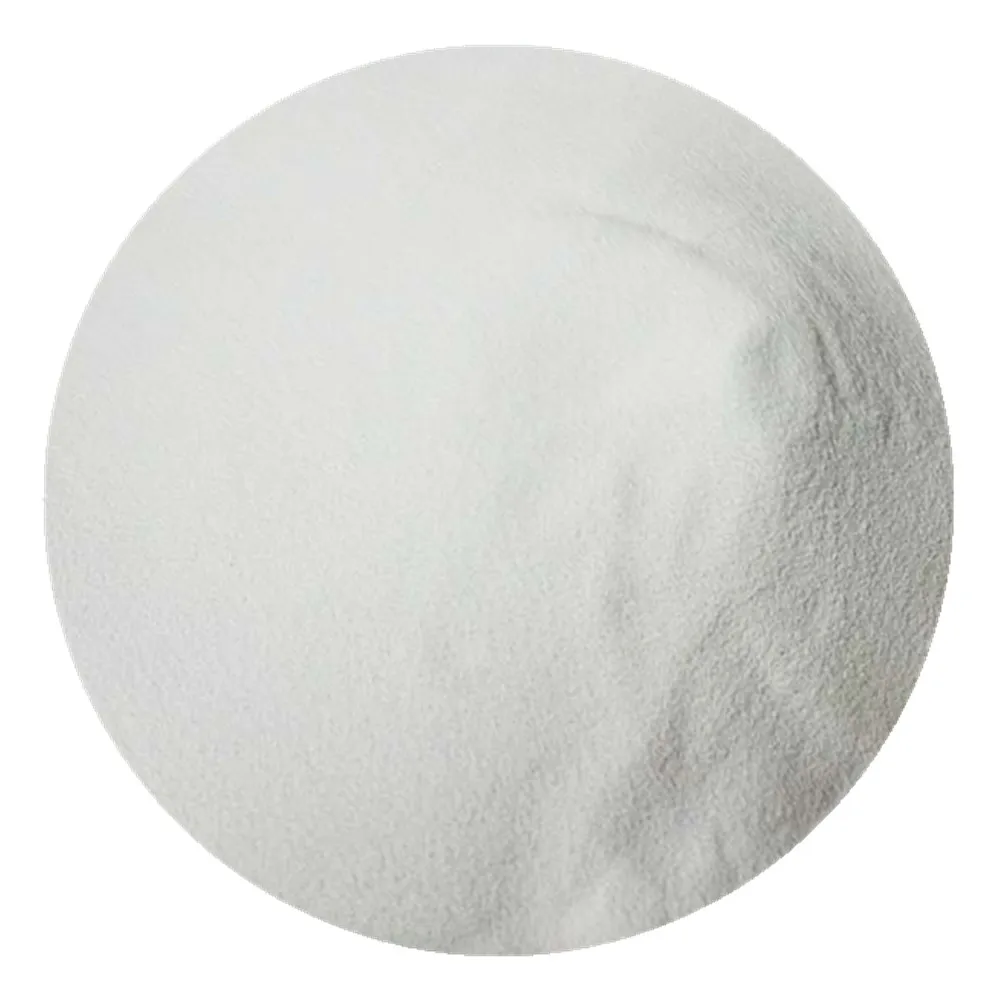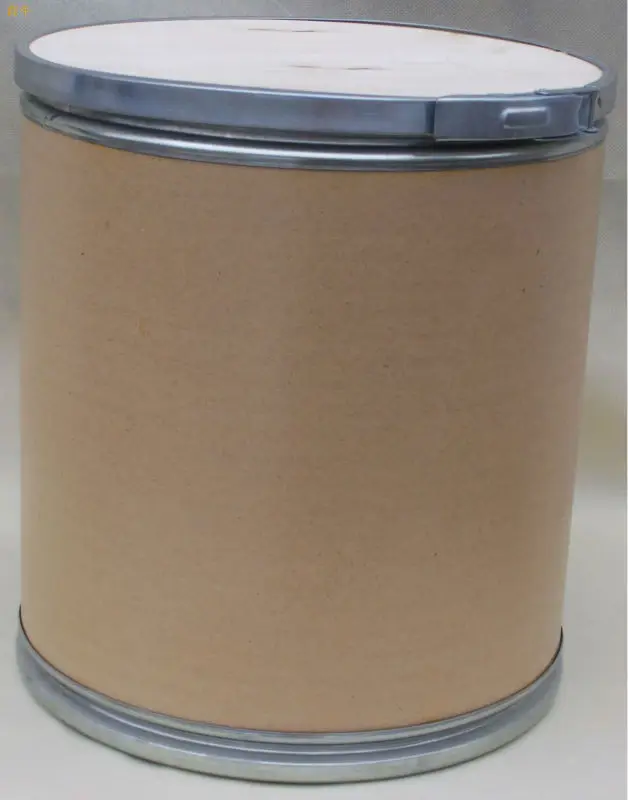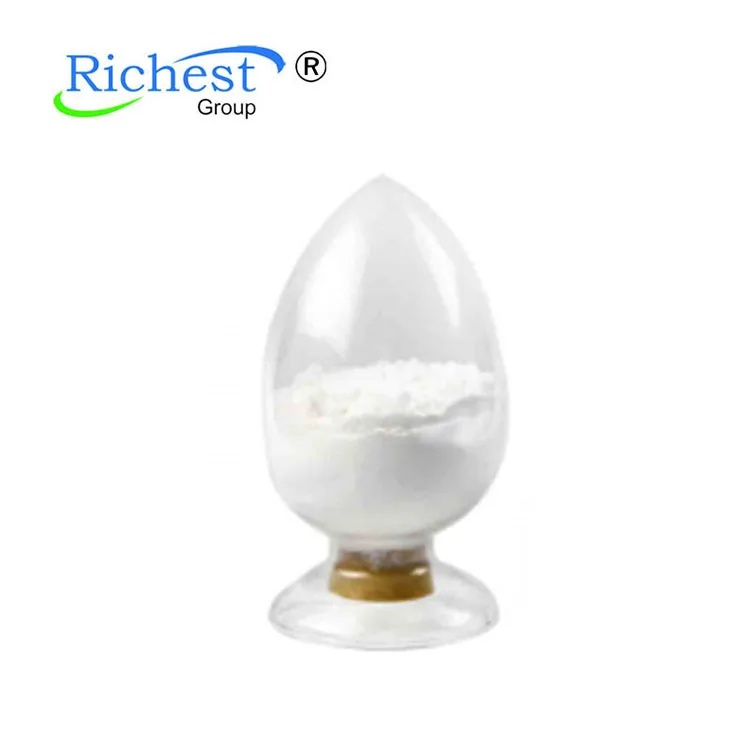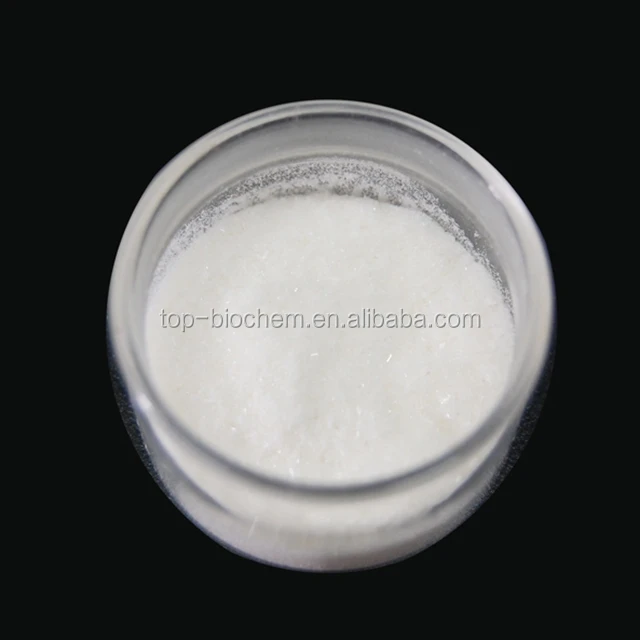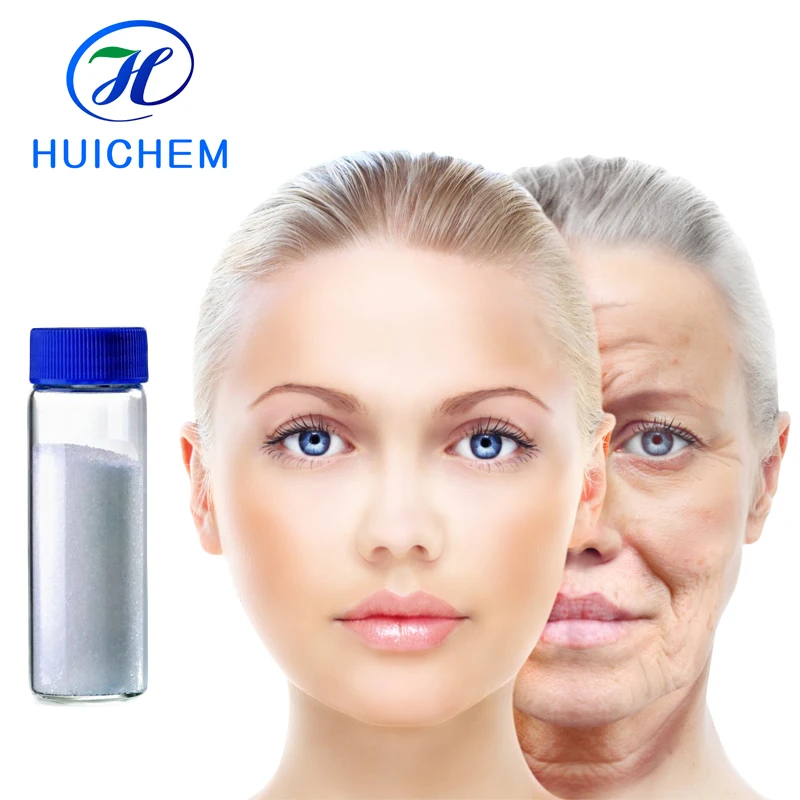Quick Details Port: Any port of China Payment Terms: L/C,T/T,Western Union Supply Ability: 1 Metric Ton/Metric Tons per Month Other Names: Sorbitol CAS No: 37318-31-3 Usage: Oral Care Chemicals Form: Powder Color: White Product Name: Sorbitol Purity: 99% Grade: Food Grade Appearance: White Powder,White Powder CAS No.: 37318-31-3 Type: Feed Grade Amino Acids EINECS No.: 253-459-6 MF: C30H56O12 Package: 20KG/BAG Packaging Detail: Packaging Details: 20KG/BAG TOP Product Description Sweetener Sorbitol is a sugar substitute. It may be listed under the inactive ingredients listed for some foods and products. Its INS number and E number is 420. Sorbitol has approximately 60% the sweetness of sucrose (table sugar). Sorbitol is referred to as a nutritive sweetener because it provides dietary energy: 2.6 kilocalories (11 kilojoules) per gram versus the average 4 kilocalories (17 kilojoules) for carbohydrates. It is often used in diet foods (including diet drinks and ice cream), mints, cough syrups, and sugar-free chewing gum. It also occurs naturally in many stone fruits and berries from trees of the genus Sorbus. Laxative Sorbitol can be used as a nonstimulant laxative via an oral suspension or enema. As with other sugar alcohols, gastrointestinal distress may result when food products that contain sorbitol are consumed. Sorbitol exerts its laxative effect by drawing water into the large intestine, thereby stimulating bowel movements. Sorbitol has been determined safe for use by the elderly, although it is not recommended without consultation with a clinician.Sorbitol is found in some dried fruits and may contribute to the laxative effects of prunes. Sorbitol was discovered initially in the fresh juice of mountain ash (Sorbus aucuparia) berries in 1872. It is found in the fruits of apples, plums, pears, cherries, dates, peaches, and apricots. Medical applications Sorbitol is used in bacterial culture media to distinguish the pathogenic Escherichia coli O157:H7 from most other strains of E. coli, as it is usually incapable of fermenting sorbitol, but 93% of known E. coli strains are capable of doing so. A treatment using sorbitol and ion-exchange resin sodium polystyrene sulfonate (tradename Kayexalate), helps remove excess potassium ions when in a hyperkalaemic state. The resin exchanges sodium ions for potassium ions in the bowel, while sorbitol helps to eliminate it. In 2010 the U.S. FDA issued a warning of increased risk for GI necrosis with this combination. Sorbitol is also used in the manufacture of Softgels to store single doses of liquid medicines like tablets are used to control the dosage of solids Health care, food, and cosmetic uses Sorbitol often is used in modern cosmetics as a humectant and thickener. Sorbitol often is used in mouthwash and toothpaste. Some transparent gels can be made only with sorbitol, as it has a refractive index sufficiently high for transparent formulations. It is also used frequently in "sugar free" chewing gum. Sorbitol is used as a cryoprotectant additive (mixed with sucrose and sodium polyphosphates) in the manufacture of surimi, a highly refined fish paste most commonly produced from Alaska pollock (Theragra chalcogramma).[citation needed] It is also used as a humectant in some cigarettes. Sorbitol sometimes is used as a sweetener and humectant in cookies and other foods that are not identified as "dietary" items. Miscellaneous uses A mixture of sorbitol and potassium nitrate has found some success as an amateur solid rocket fuel. Sorbitol is identified as a potential key chemical intermediate for production of fuels from biomass resources. Carbohydrate fractions in biomass such as cellulose undergo sequential hydrolysis and hydrogenation in the presence of metal catalysts to produce sorbitol.[18] Complete reduction of sorbitol opens the way to alkanes, such as hexane, which can be used as a biofuel. Hydrogen required for this reaction can be produced by aqueous phase reforming of sorbitol. Related Products Packaging & Shipping Package: 25kg/drum (25kg net weight, 28kg gross weight; Packed in a cardboard-drum with two plastic-bags inside; Size: 510mm high, 350mm diameter) OR 1kg/bag (1kg net weight, 1.2kg gross weight, packed in an aluminum foil bag) OR as per your request. Storage: Store in a well-closed container away from moisture and direct sun light. Shelf life: 24 months when properly stored. Our Services a) Free sample can be supplied. b) Guide our clients by professinal techniques and teach them how to use our product after sales. c) Define lowest price on quality products. Company Information Shaanxi Top Pharm Chemical Co., Ltd. has been primarily engaged in the research, development, and marketing of various photochemical products since 1999. We take full advantages of natural pharmaceutical resources . Top Pharm Chemical's Advantage: (1) 10 years membership of . […]










